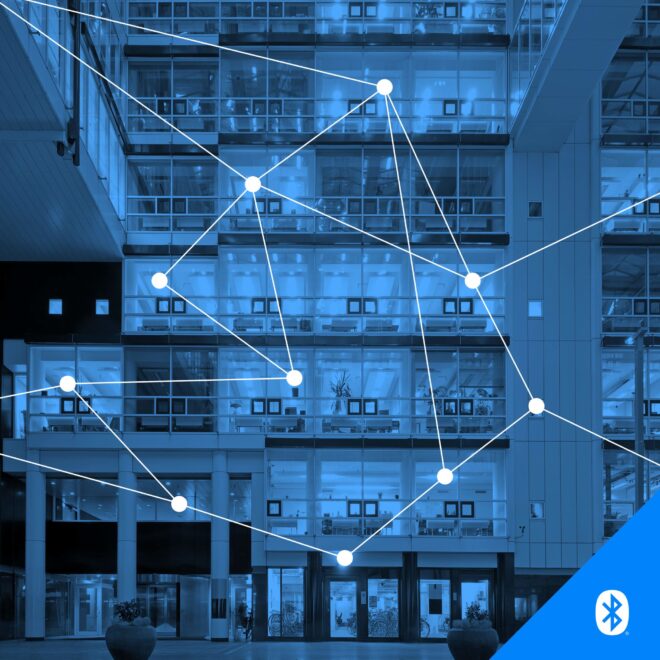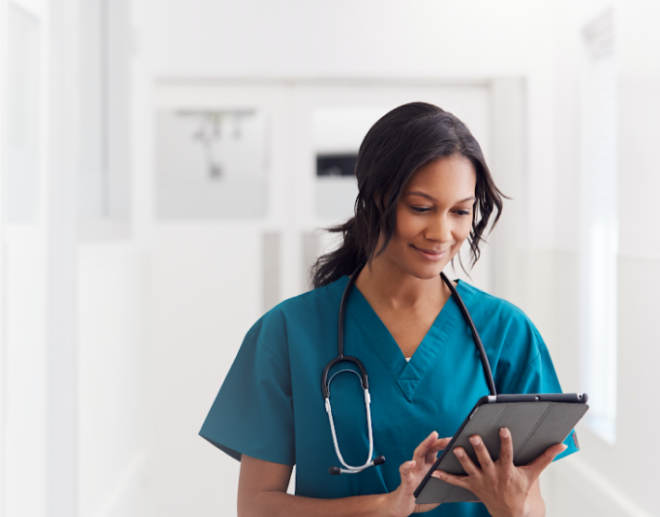For years, Laird Connectivity has leveraged its comprehensive wireless modules, packaged IoT devices, and engineering services to simplify the rapid integration of wireless technologies for their customers. Now, they are focusing their expertise on developing solutions that will aid reopening efforts in a post-pandemic world.
Paul Elvikis, director of business development for Laird Connectivity, outlines the potential hurdles and solutions that will impact public venues, retail establishments, office buildings, and more as we move forward on the road to recovery.
“Bluetooth® technology is one of the few technologies available that has the right combination of technical features, economies of scale, and developer ecosystem to take on the challenge of helping to determine where COVID-19 is in real time around the world.”
– Paul Elvikis, Laird Connectivity
Q&A with Paul Elvikis
What are some of the challenges that large venues, such as offices, conference centers, and retail stores, must face and address in order to safely reopen post COVID-19?
We are focusing on businesses, factories, hospitals, and campuses where there are two major challenges. The first is helping individuals in those environments maintain a safe distance from one another to limit the spread of COVID-19 if it is present. The second is helping those businesses limit the spread of the virus, avoid further illness, and minimize disruption by understanding who in their organizations may have been exposed if an employee or student, unfortunately, was infected and in contact with others.
What role will technology play in reopening large public venues and buildings?
Without technology, we’d have to make some daunting decisions as a society on whether we stay open and try to promote a normal functional economy while risking our health and safety or completely freeze that economy and protect the health and wellness of our friends and family. With technology, we can find some safe middle ground. It’s become obvious that COVID-19 isn’t going to quickly disappear, making it more critical that we deploy technology to strike that safe balance.
How can Bluetooth® technology be used to support reopening initiatives?
Bluetooth technology delivers the information needed to make better choices on how to strike that safe balance. It’ll help us to know where the virus is, where it’s spreading, and, hopefully, give us a chance to break the chain of infection before it can get out of hand. Bluetooth technology (already in our phones, laptops, and IoT devices) is one of the few technologies ubiquitous enough to realistically be considered for the monitoring of campuses, cities, or countries in real time. It’s uniquely positioned in terms of the right technical capabilities, the right price point, and the right ecosystem of developers, channels, and partners to solve the challenges of understanding where COVID-19 is and where it’s going.
Digital contact tracing with Bluetooth technology is a focus area – and should be thought about in two scenarios. First is using smartphones themselves, and Apple, Google, governments, and others are looking at this. The second is for employers and universities who can’t depend on the availability of smartphones, or have privacy concerns, and need contact tracing to maintain day-to-day operations. These applications are well served with Bluetooth wearables. Beyond that, we see a lot of our clients exploring how investments made in Bluetooth tracking infrastructure for contact tracing can provide value in the future for applications like asset tracking in warehouses and hospitals.
Can you talk about a project that has been implemented, is currently underway, or is part of a plan that uses Bluetooth® technology to help reopen public venues, offices, etc. due to COVID-19?
We are working with a number of partners to install systems in places like schools in California where teachers and administrators are walking the tightrope of how to reopen and bring students into school where they can best learn and grow while ensuring the safety of students and staff.
![]()
FEATURED INNOVATION
Why Add Wearables to an ENS?
See how the Bluetooth® community is helping extend the reach of Exposure Notification Systems.























